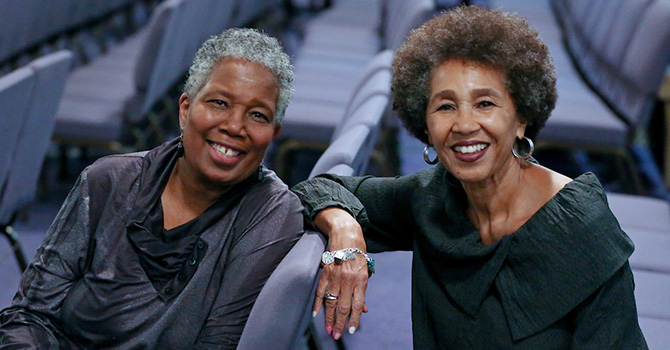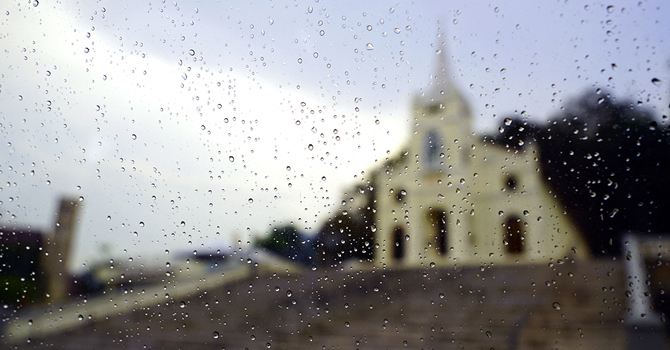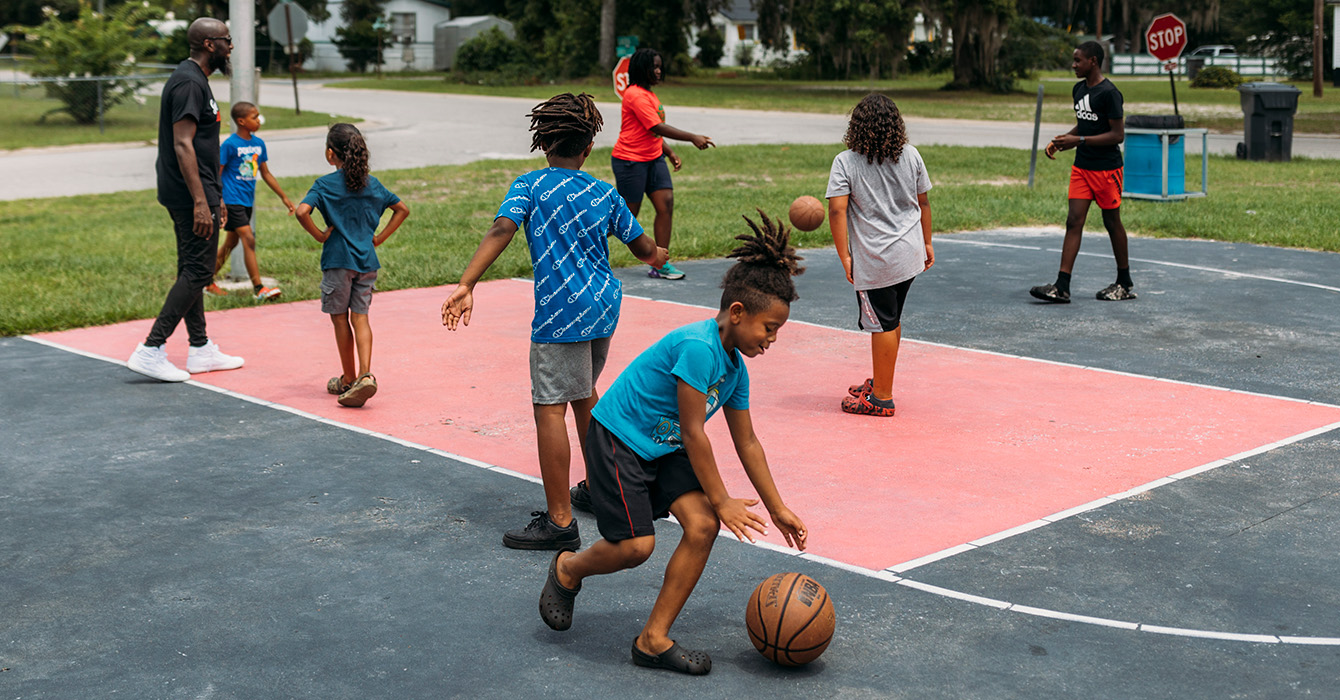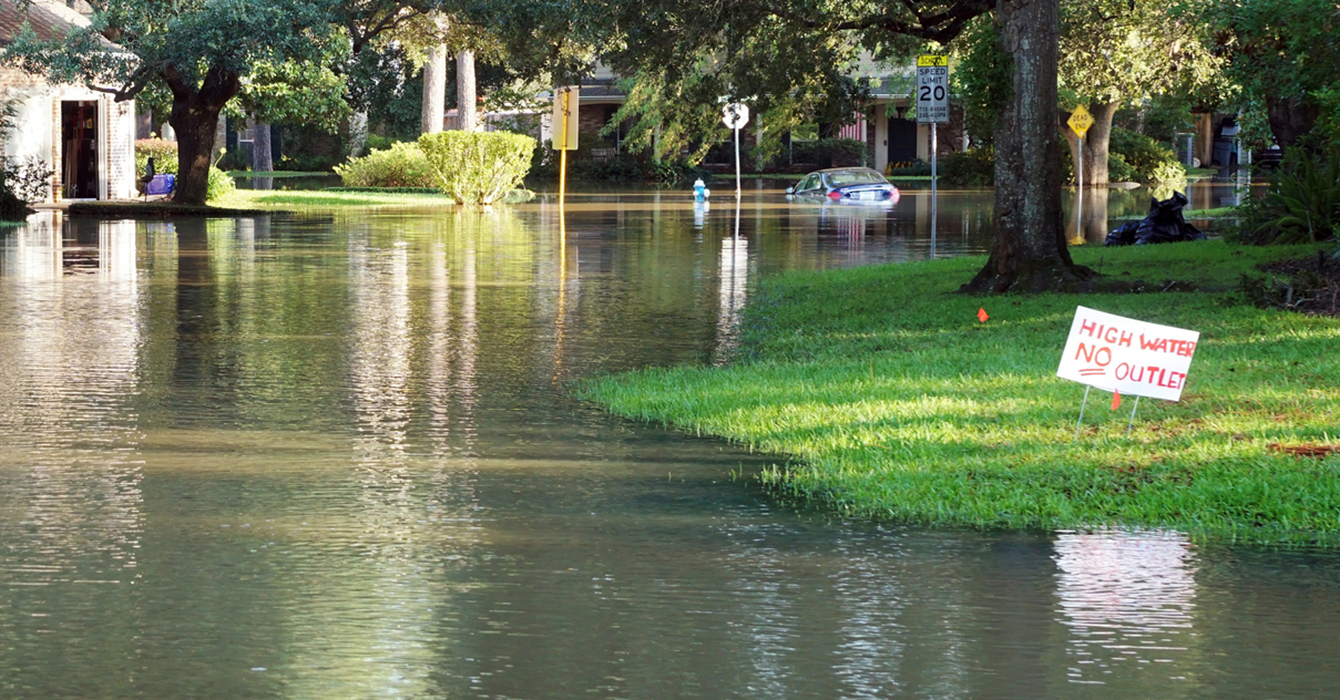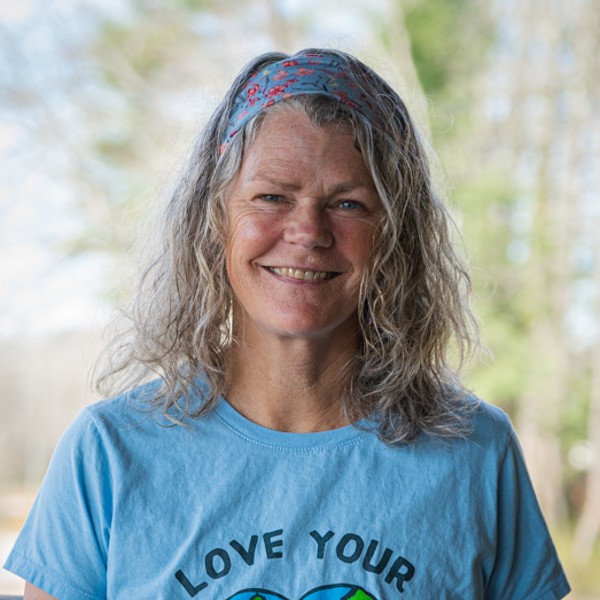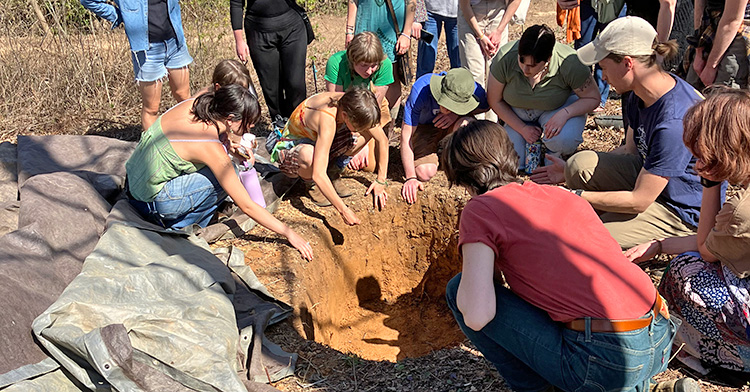When attending a viewing at a funeral home or a church, I have come to expect an embalmed body that has been preserved and beautified inside a painted, shiny casket. In the Black church, even if the body is to be cremated later, a casket often is rented for the display.
As the pastor, friends and family gather to say goodbye to their loved one, I suspect that few of them are thinking about the environmental impact of our traditional burial practices. But with the help of the church, I think they could — and should.
I was raised in the Black church in North Carolina. As an adult, I have been a part of Pentecostal, Baptist and Methodist churches, and with years of divinity school rigor, I can appreciate the power and cultural significance of church ritual and funeral practice.
I’ve also spent some 10 years working in the bereavement ministry. In that decade, many people have come to appreciate that healing and protecting the earth is the work of the church. Yet I have not seen a significant change in funeral practices to include ecological advances.
Often, the church sends families to funeral homes that have historically added to the commercialization of the industry and shown little regard for the impact that industry has on the land.
When death occurs, the church is often unprepared to address its responsibility to the environment.
The “beautified” body at a viewing is full of toxic chemicals; vaults are often recommended or even required to keep the remains from being exposed to natural decomposition processes. Cremation contributes to air pollution.
How might our putting money in the ground with fancy coffins be related to disobedience and “sow[ing] … seed in vain” (Leviticus 26:16)? Might our funeral practices be considered poisonous, making “earth like copper” and lands infertile (Leviticus 26:19-20)?
Duke Divinity School professor Ellen Davis, in “Getting Involved With God,” writes that “the church has been too slow to name the healing of the earth as a central Christian responsibility.”
I contend that the optimal view of Scripture looks toward embodying the covenantal relationship God established with both Israel (people) and land. A focus on one without the other is a theology that is imbalanced.
With an ecological lens, the church can aid in fully living out the Scripture, even in death. An exclusive focus on either people or environment is problematic and not advantageous in strengthening our covenant relationship with God.
I believe that the church has the opportunity to lead the way. How? By promoting “green” funerals. As a newly elected board member of the Green Burial Council, I seek to create leadership opportunities within the church for less environmentally damaging funeral preparation and processing.
So what is a green funeral?
In “What Every Funeral Director Needs to Know About Green Funerals: A Handbook for Funeral Directors,” Lee Webster defines a green funeral as
a general term … commonly used to describe post-death care, from death to disposition, using only natural means. This requires use of nontoxic preservation techniques and organic materials with minimal carbon footprints.
The term includes many practices of body disposition, including burial that encourages decomposition, aquamation and other approaches to return the body to nature.
But such methods represent a significant change for grieving families, few of whom are likely to choose an unfamiliar practice at the time of death. That’s why I would like to invite ecclesial leaders to become engaged in the greening efforts early in funeral processing. The pandemic already has changed our practices — could we harness that to embrace environmentally healthier solutions?
Certainly, there are challenges, and a multilayered approach is needed to make a large impact.
First, the funeral industry needs to shift its traditional practices to present greener funeral and death care options. This is difficult in an industry where current practices have been so successful.
Yet these practices turn morticians into hazardous material handlers and implicate ecclesial leaders and even grieving families in polluting the earth. Green funerals could be a sustainable business model that holds stakeholders accountable to the land, to other people and ultimately to God.
Second, the green burial community needs to come to the table in love, be creative in outreach, and cross local lines by inviting others and creating partnerships. Challenged by not being taken seriously or by being perceived as a fad, the green burial community needs the support of pastors and other church leaders.
But the majority white green-funeral community also needs to seek connection and buy-in from the brown and Black communities, where once burial grounds were so segregated and separated that even the rainwater could not breach the separation.
Finally, the church needs to find a way to help make these green burial sites local, affordable and accessible to all.
Even church leaders who are persuaded that green burial is a good idea face multiple challenges. Pushing back on the for-profit funeral industry, changing traditional practices and working with the green burial community are all difficult.
And more broadly, churches — with their focus on life — can be challenged by the experience of death. When death occurs, the church is often unprepared to address its responsibility to the environment.
But ecclesial leaders can lead in this effort. We can educate ourselves and our congregants about green funerals, reach out to local organizations, and thus find the synergy between our ministerial calling and our responsibility to the earth.
With greater assistance from the Protestant church, green funerals could help solidify our partnership in global sustainability, be a bridge in the racial divide, and ultimately aid in living out the covenantal relationship between God, Israel and land.



